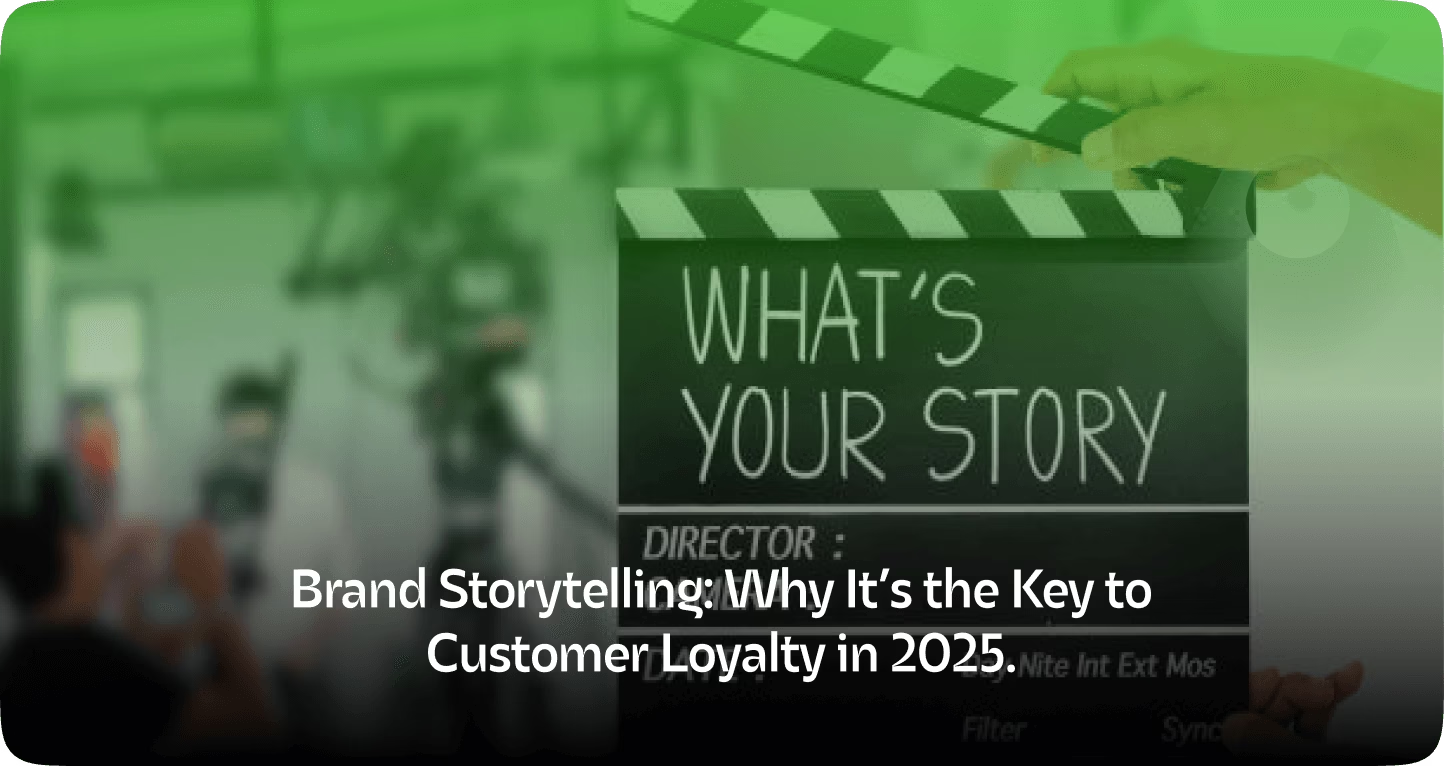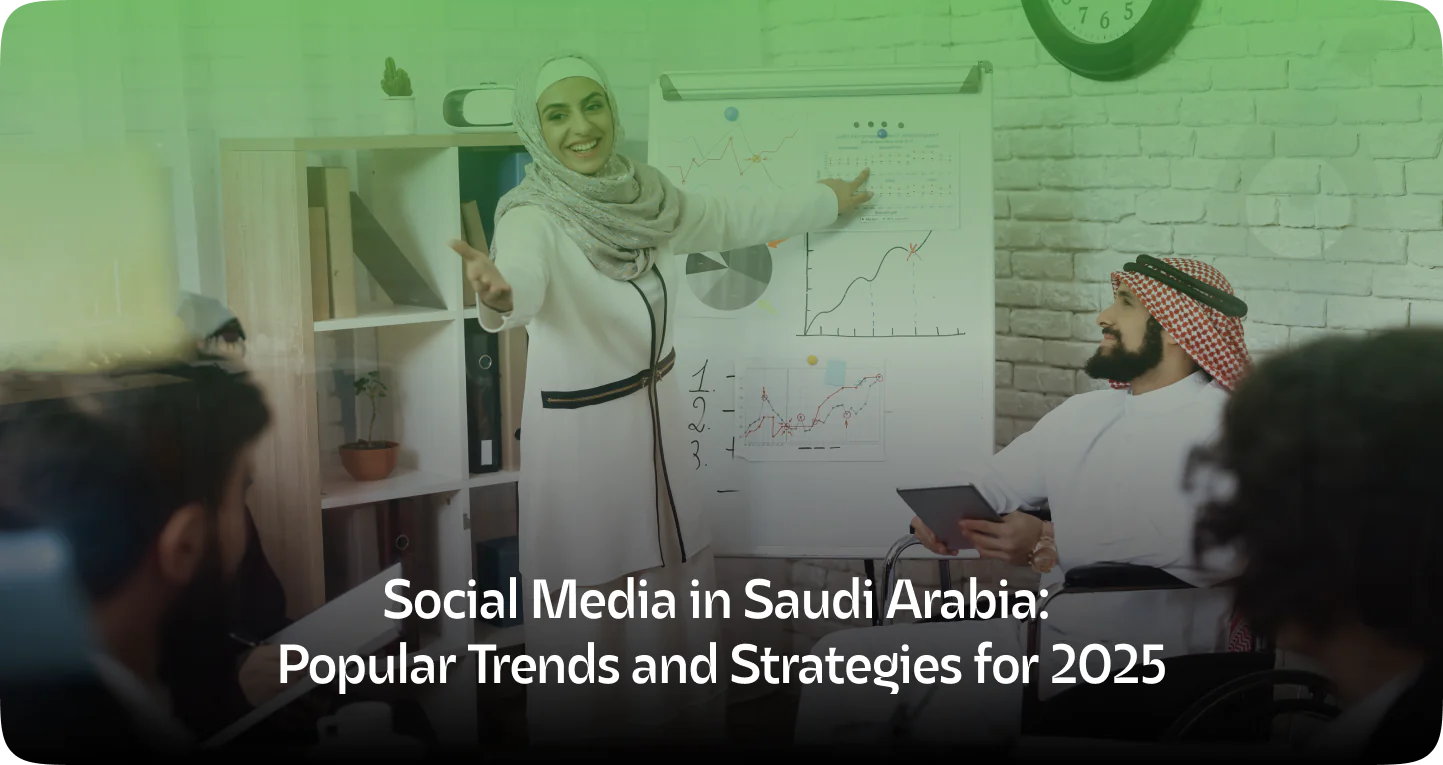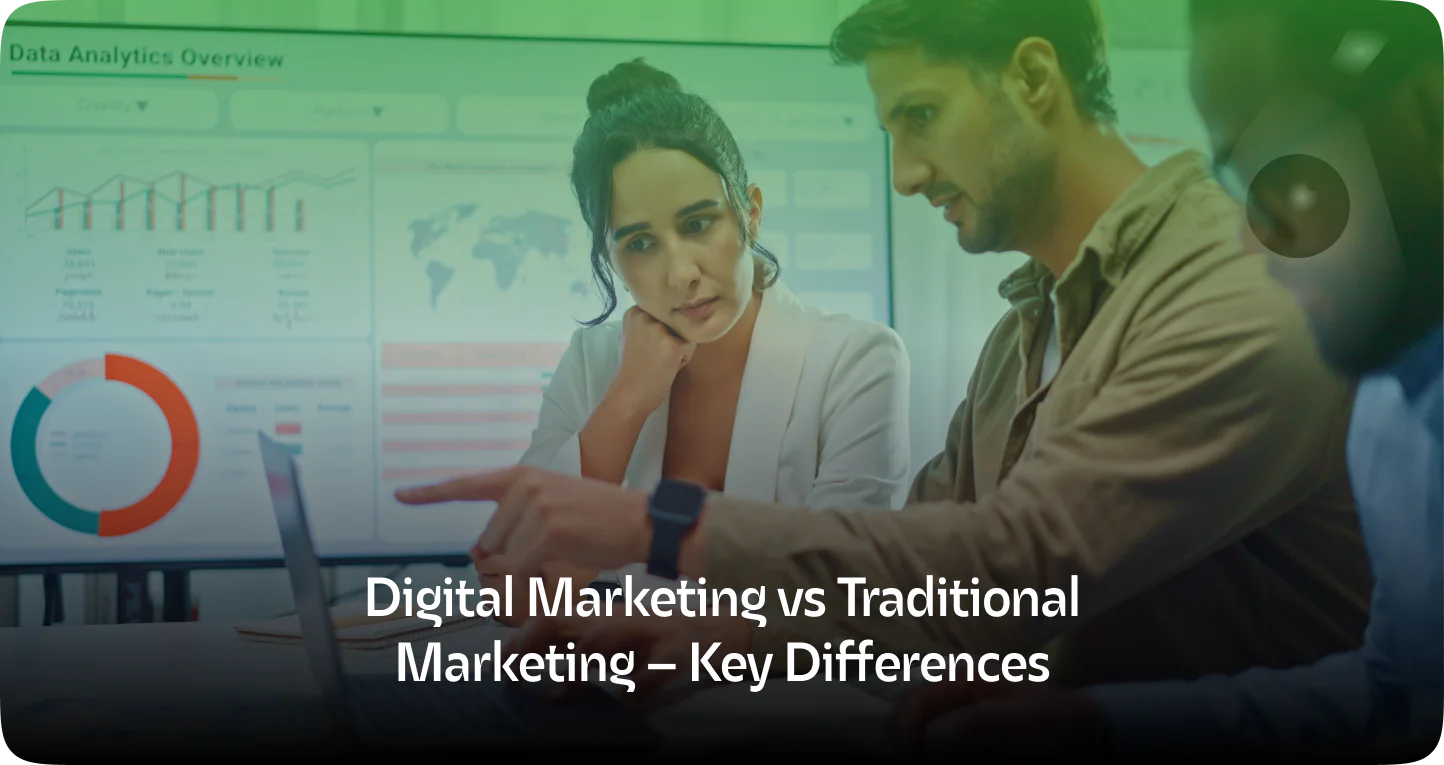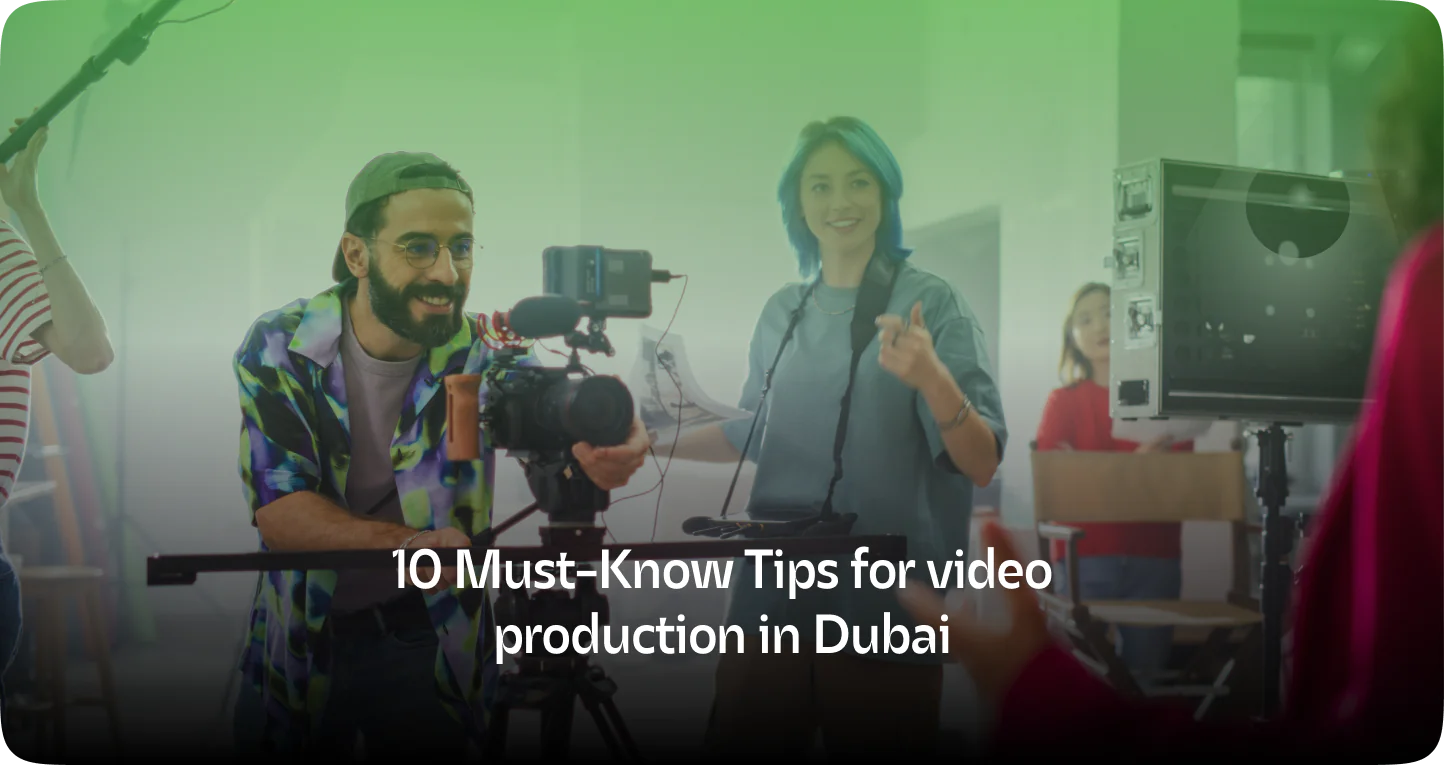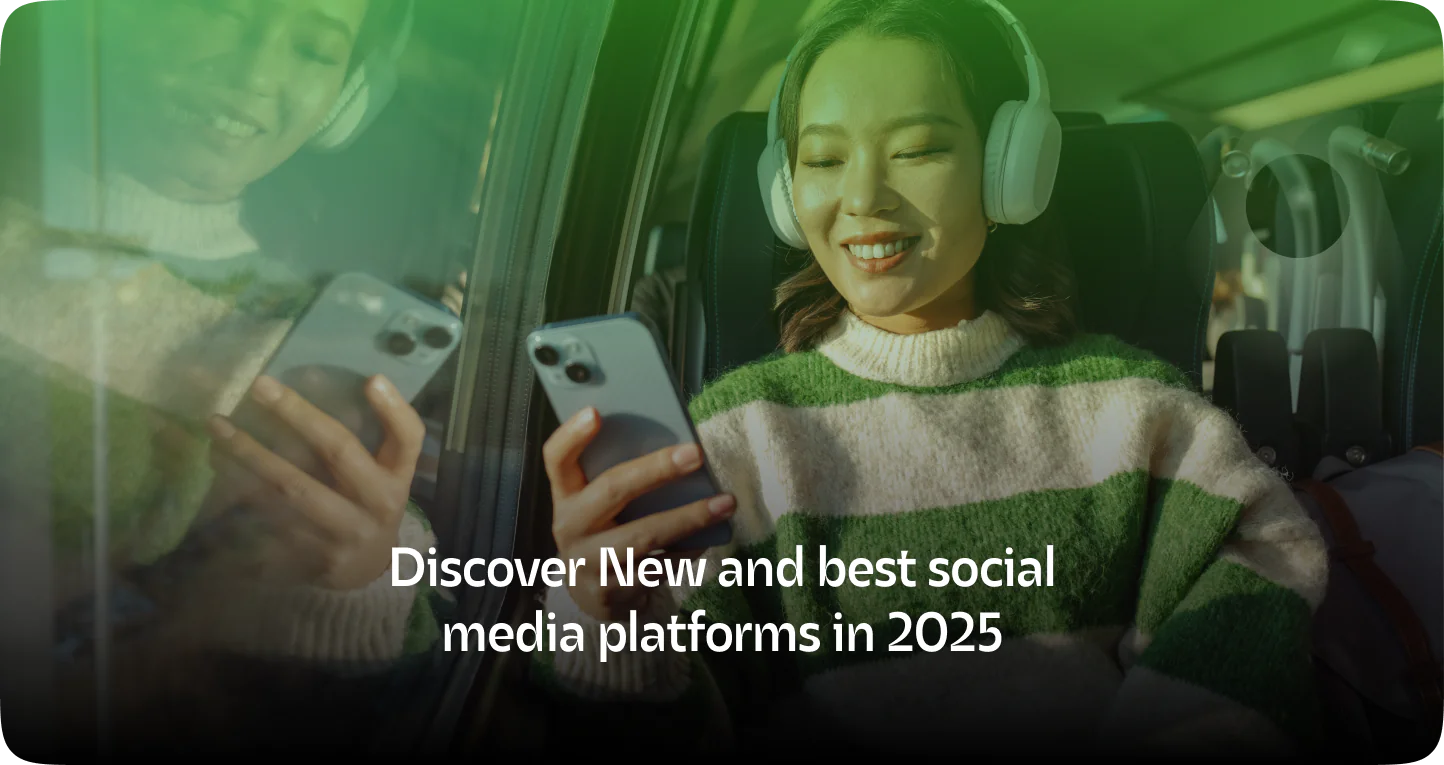Brands have to discover methods to stand out and build genuine relationships at a time of digital overload, when consumers are daily inundated with ads and promotional messages. The most effective weapon available to brands in encouraging emotional involvement and long-term commitment is storytelling. Brand narrative is the basis of consumer interactions, not just a marketing tool as we go towards 2025.
This detailed article will look into why storytelling is so important for brand loyalty in 2025, how top brands are using it, and what brands may do to create gripping stories that enthral their customers.
Storytelling’s Power for Brand Development
Stories have attracted people for thousands of years. According to scientific studies, storytelling stimulates many parts of the brain, thereby enhancing the emotional impact and memory value of information. Unlike conventional marketing, which emphasises sales, storytelling pulls consumers into the world of a business, therefore enabling them to perceive themselves as part of its journey.
People are seeking authenticity, emotional connection, and shared values in 2025—where consumer expectations are greater than ever. A gripping brand narrative:
- Creates an Emotional Bond: As people recall how a brand makes them feel instead of just what it offers.
- Builds Credibility and Trust: Real storytelling encourages openness, which increases brand trust of consumers.
- Encourages Brand Advocacy: Individuals who connect with the narrative of a brand inevitably become champions who share it with their networks.
Why Storytelling is the Key to Customer Loyalty in 2025
Personalisation, artificial intelligence-driven interactions, and purpose-driven branding will define the digital terrain of 2025. Consumers want brands to fit their values, goals, and way of life, not just excellent goods. One-time consumers become lifetime champions via the bridge of storytelling.
Customers Connect with Stories, Not Sales Pitches
Because consumers can see inauthenticity from a mile away, traditional marketing is losing potency. People are drawn to businesses that reflect their beliefs and present stories that speak to them rather than to hard-selling strategies.
For instance, Patagonia has developed a devoted community based on environmental campaigning rather than outdoor gear sales. Their commercials underline actual tales of climate change fighters, therefore strengthening the brand’s sustainability-oriented character.
Brands emphasising storytelling rather than statistics in 2025 will build closer consumer loyalty.
AI-Driven Personalisation and Storytelling
As artificial intelligence develops, narrative is becoming more individualised than it ever has. Data-driven insights are helping brands create stories fit for specific consumer tastes, behaviours, and values. AI-powered narrative tools examine consumer interactions and produce material that feels distinctive to every user.
For example, Netflix and Spotify employ artificial intelligence to suggest individualised material depending on listening or watching behaviour. Users of this highly customised approach feel appreciated and understood, which raises retention rates.
Brands using tailored storytelling into their marketing plans will see increased interaction and client loyalty by 2025.
Purpose-Driven Branding Builds Deeper Connections
By 2025, consumers will be more ecologically and socially concerned than they were years ago. They want brands to stand on moral business ethics, diversity, and sustainability among other critical concerns.
By freely supporting social justice, brands like Ben & Jerry’s have perfected goal-driven narrative. Their brand story speaks about changing society, not just about ice cream.
Customers who fit the goal of a business feel emotionally engaged and are more likely to stay devoted.
Social Media and User-Generated Content Amplify Brand Stories
The new centres for narrative are social media channels. Customers actively help to shape and distribute their tales; brands are no more the only narrators of theirs. Since it fosters authenticity and trustworthiness, user-generated content (UGC) has grown to be an essential component of brand narrative.
Consider GoPro, the brand offers movies made by actual people documenting amazing events with their cameras instead of conventional commercials. This narrative style transforms consumers into brand champions, therefore generating a marketing engine powered by communities.
Brands that support and highlight client tales by 2025 will help their consumers to feel loyal and belong.
Emotional Storytelling Improves Customer Retention
Studies reveal that significantly more than reason guides buying decisions—emotions do. A brand leaves a lasting emotional impact when it tells a tale that inspires, makes one happy, nostalgic, or sympathetic.
One excellent example is Nike’s “You Can’t Stop Us” commercial, which deftly combined significant sports endurance events. Audiences all across found great resonance in the advertisement, therefore strengthening Nike’s brand as a symbol of will and quality.
brands that use emotional storytelling in 2025 will not only draw consumers but also keep them interested for a long run.
How Brands Can Craft Compelling Stories in 2025
Brands that want to make good use of storytelling have to have a strategic strategy fit for 2025 consumer expectations.
Define Your Brand’s Core Narrative
The mission, values, and goal of a brand help to define a powerful narrative. Think about:
- What problem does your brand solve?
- What inspired its creation?
- How does it make customers’ lives better?
For instance, the marketing narrative of Airbnb is about belonging anyplace rather than just renting rooms. Every marketing initiative they do is motivated by this central story.
Make Customers the Heroes of Your Story
The finest brand stories centre on the consumer, not the business. Showcase how your products enhance lives rather than stressing product attributes.
Apple’s marketing often offers tales of how invention and creativity are empowered by technology. Their commercials generally show actual individuals using Apple goods to do amazing things; they rarely centre on features.
Use Multiple Formats to Tell Your Story
By 2025, brand narrative transcends conventional content marketing. To keep consumers interested, brands have to use movies, podcasts, live streaming, interactive experiences, and immersive AR/VR narrative.
Coca-Cola, for instance, has tried interactive storytelling so that customers may co-create campaigns and join the brand’s journey.
Be Consistent Across All Touchpoints
Consistent throughout websites, social media, customer service, even packaging, a captivating narrative must be. Every contact should accentuate the central story of the brand.
For example, sustainability and creativity form the foundation of Tesla’s whole brand identification. At every point—from their website to Elon Musk’s tweets to their product designs—the same futuristic and environmentally responsible narrative is communicated.
Engage in Real-Time Storytelling
Storytelling has become more dynamic and real-time on social media because brands that participate in current discussions, answer societal concerns, and communicate with consumers really will create closer relationships.
One of the most followed fast-food businesses online, Wendy’s is well-known for its clever Twitter presence and constantly engages viewers with humour and relevant comments.
Conclusion
Storytelling will be a need rather than a luxury in 2025—not a marketing tool. brands that excel in narrative will create closer emotional ties, boost brand advocacy, and raise customer retention.
Businesses may build a devoted consumer base that stays with them for years to come by emphasising real stories, individualised experiences, purpose-driven branding, interactive storytelling and so on.
The brands that will succeed in 2025 will be those with the most appealing narratives rather than the ones with extensive marketing budgets.
FAQs
Brand storytelling is the use of narrative to connect your brand with customers, conveying values, mission, and personality. It builds emotional engagement through consistent messaging across marketing, products, and customer experiences.
Nike’s “Just Do It” campaign is a powerful brand story. It portrays perseverance, motivation, and athletic empowerment, connecting emotionally with customers through real-life stories of athletes overcoming challenges.
The 4Ps of storytelling are People, Place, Purpose, and Plot. They help structure a compelling brand narrative by focusing on characters, setting, meaning, and the journey or conflict within the story.

